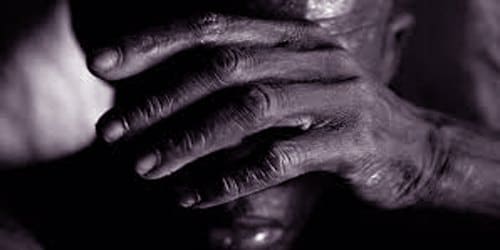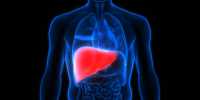Leishmaniasis is a parasitic disease found in tropics, suburbs, and parts of southern Europe. It is classified as a neglected tropical disease (NTD). It is spread by the bite of certain types of sandflies. There are 3 main forms of leishmaniasis – visceral (known as Kala-azar, the most severe form of the disease), catenias (the most common), and mucous membranes. The dermal form is presented with skin ulcers, while the mucous form is presented with skin, mouth, and nose ulcers, and the visceral form begins with skin ulcers, followed by fever, red blood cells, and enlarged spleen and liver.
Different species of Leishmania parasites are associated with each form. Experts believe that there are about 20 species of leishmaniasis that can spread the disease to humans. Risk factors include poverty, malnutrition, deforestation, and urbanization. Parasites can be detected under three types of microscopes. Leishmaniasis is caused by the protozoan Leishmania parasite which is transmitted by the bite of an infected female phlebotomine sandfly. Additionally, the visceral disease can be diagnosed by blood tests.
Leishmaniasis can be partially prevented by sleeping under a net treated with pesticides. Other measures include spraying pesticides to kill sandflies and treating people with the disease early to prevent further spread. There are two morphological stages in the life cycle of leishmaniasis parasites. A form, which resides in the digestive tract of sandflies, is an elongated, dynamic, flagellated form known as promastigote or leptimonad. The other, a round or oval, nonmotile form, known as an amygdala, is found in certain cells of the spine (i.e. macrophages). Some of the potential drugs used for the visceral disease include liposomal amphotericin B, a combination of pentavalent antimonials and paromomycin, and multifocal. For skin diseases, puromycin, fluconazole, or pentamidine may be effective. There the promistigots are multiplied and eventually enter the saliva of the flight. From here they can enter another vertebra through the wound created during the next blood-feeding of the sandfly, thus initiating a new infection.
About 4 to 12 million people are currently infected in about 98 countries. About 2 million new cases and between 20,000 and 50,000 deaths each year. Leishmaniasis is associated with environmental changes such as deforestation, dam construction, irrigation projects, and urbanization. About 200 million people in Asia, Africa, South and Central America, and Southern Europe live in areas where the disease is prevalent. The World Health Organization has exempted some drugs for the treatment of this disease. An estimated 700 000 to 1 million new cases occur annually. It is classified as a neglected tropical disease. The disease can occur in several other animals, including dogs and rats.














